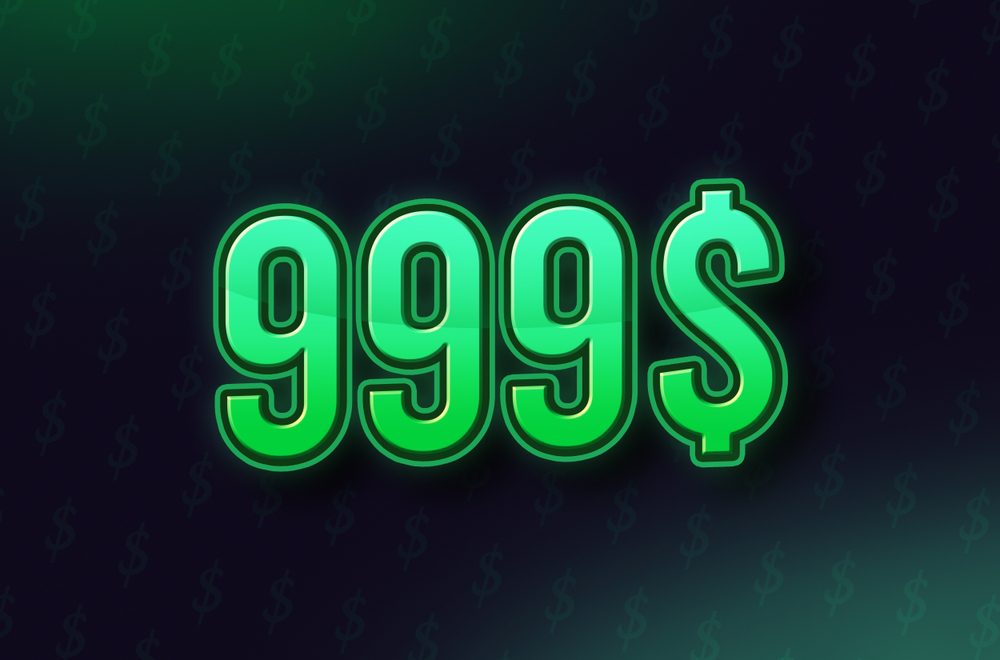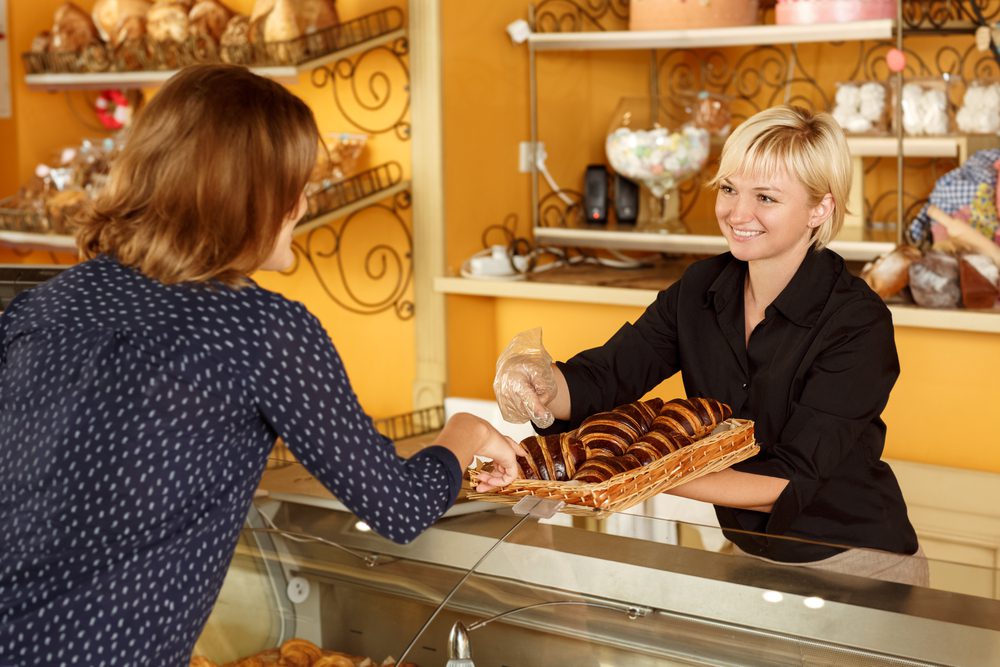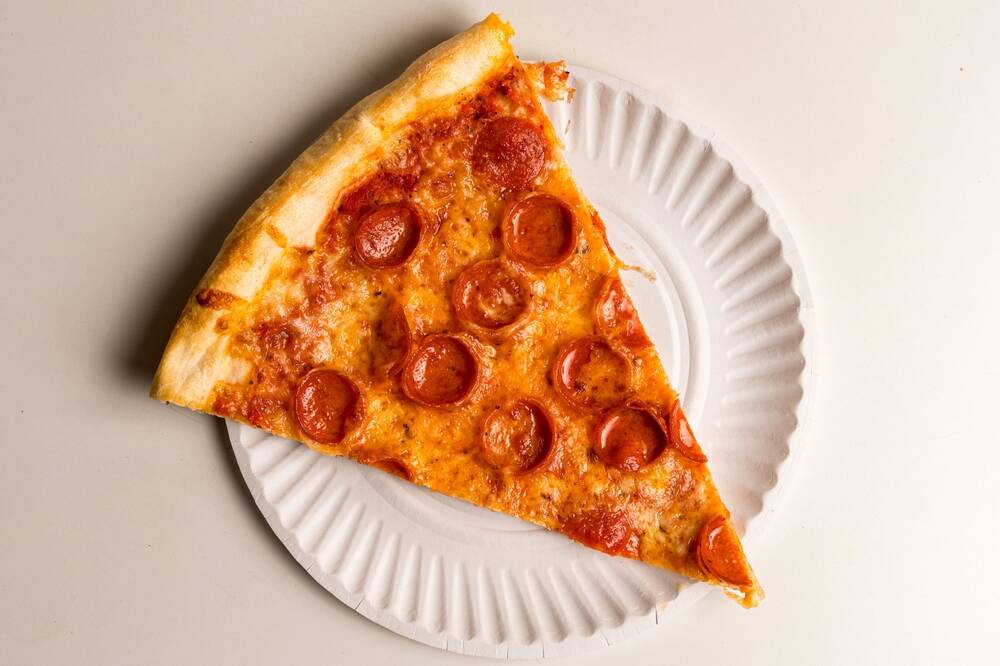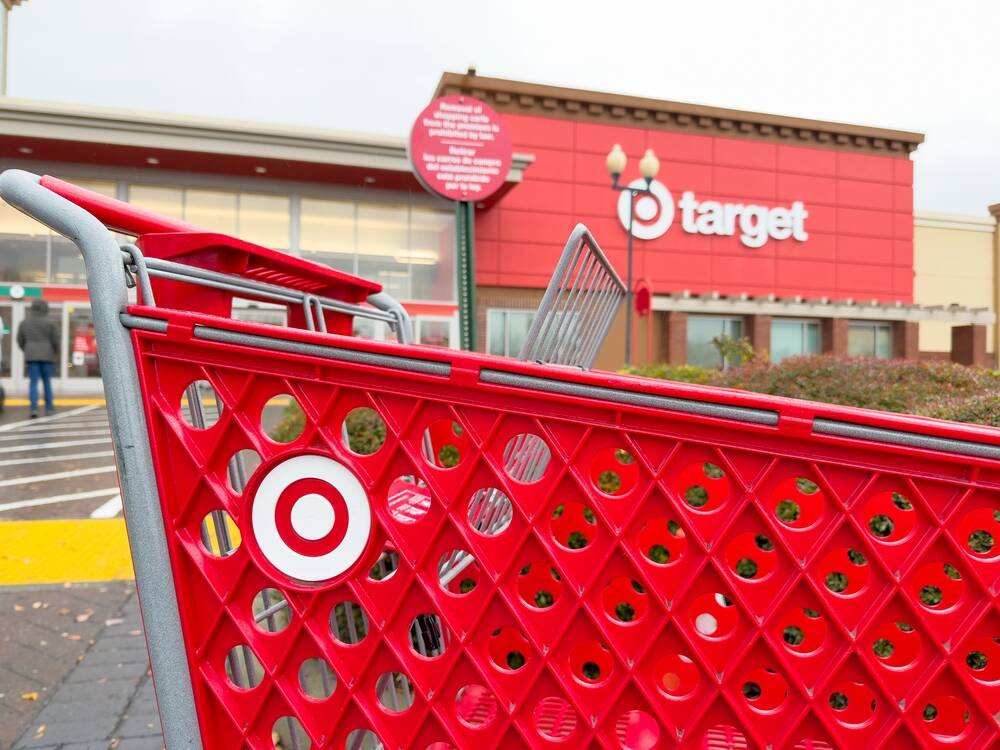You might think that you can make independent choices when it comes to your groceries. You go to the store, look around, choose what you need, and then purchase it. Easy, isn’t it? Unfortunately, what you believe might not be true. The marketing world is very complex, and things are not that simple.
On their way to making millions of dollars, the big companies are using various tricks to make you buy their product. The goal is to buy more so the profit is bigger. Every ad that you see and every deal that you encounter in any store has this exact purpose.
This whole process and the overall consumer experience are engineered. Companies use a lot of sneaky marketing tricks to make you buy their stuff. Now, you may be wondering what those tricks are. Read on and learn all about the ways big companies are manipulating us.
1. The “up to” sales
Let’s say that you go out for a walk and there is a store in your way. You go past it, and all of those “Up to 70% off” and “Up to 50% off” signs immediately catch your eye. We are sure that you know them. In today’s world, it is almost impossible to have never seen one.
You stare at them and think that you can go inside and look around. Maybe there is a great deal waiting for you. Why wouldn’t you try? And now comes the interesting part. You enter the store, and the prices are not quite what you were expecting.
You read the price tag and realize that it says “up to 70% off.” That means products can be discounted by any amount between 1% and 70%. You might even think to yourself, “What a scam!”
This is one of the most common marketing tricks, and you can find it anywhere, from Walmart to clothing stores and even fast food restaurants.

2. What’s up with all those nines?
You are watching TV, and, obviously, an ad is showing up. You start wondering if it’s a good idea to skip it and change the channel or see what the ad is about. But wait, they are talking about garden hose reels, and you remember that it’s been a while since you thought about buying a new one. Without much hesitation, you decide to watch the ad.
At the end of the advertisement, the price shows up on the screen: “Only $39! Buy it today from our stores!” Why is it $39 and not $40? And all the prices are presented in this manner. All ending with the number 9. What’s the deal with all of those nines?
This way of presenting things might make potential customers think that they are buying the product for less. Let’s say there is a TV for $999. The shoppers tend to say, “Oh, that is less than $1000, so it is good.” And people see things like this more often than you might think.
Some studies show that even if the product with a price ending in 9 is more expensive, people still tend to prefer buying it. Maybe we just like this number.
3. Buy all of these for just x dollars
You go to the store for some groceries. It was about time for that. You are roaming between the isles, pushing that heavy shopping cart. You take out your shopping list, this time you didn’t forget about it, and check if there are any items that you missed.
It seems that you have taken everything that you need and decided to proceed with checking out. On your way, you see this sale sign. You go closer because you can’t really see what is written. Oh, they say that you can buy three bottles of liquid soap for only $6. Indeed, that sounds like a deal, but you don’t need that many bottles. What are you going to do with them?
This strategy is very popular, and you can see it in many stores. The retailer sells more identical items for a good price. Because of that, many people decide to buy them without questioning anything.
And now here comes the tricky part. What the shoppers need to be aware of is that they could have bought only one item for a price as good as the one that is displayed. Actually a better one. If we look at the example above, you could have bought only one bottle of liquid soap for $2.
4. They make you nostalgic
Studies have shown that nostalgia makes people part easily with their money, and companies took advantage of that. Past memories and things that remind you of your childhood, your youth, and other good times make you feel somehow more connected to the people around you.
This sense of community and safety makes people more prone to spending money. They don’t value money the same way they did before those feelings of nostalgia were evoked. It makes sense now, doesn’t it? All of those advertisements with kids, dogs, happy families, or retro games, have a purpose.
Brands learned this tick, and now they are using it to make you buy more.
5. Taller and narrower packages
It is true that you should not judge a book by its cover, but what about judging a product by its package? Nowadays, the way a product is presented to you is one of the most important things. What is the first thing you see when looking at all of the products that are displayed in supermarkets? If you said the package, you are right.
So, it is normal to judge anything that you plan to buy by its package. If you see a big box or a big bottle of something, you might think that there is a lot of whatever you want to buy in there. Sometimes this is true, but in general, if you see a tall and narrow package, you better avoid it because you might have a surprise.
Have you ever noticed those ice cream containers that got taller and also “skinnier”? Or all of those packages that got smaller but the price remained the same? This also has a name: shrinkflation.

6. They give you treats and samples
Have you ever gone out for groceries while you were hungry? If yes, you’ve probably remembered that you bought more items than you really needed. This is not the most reliable approach in the long term.
But even if you don’t go hungry to buy food, retailers have found a trick to make you buy more stuff. They give you samples and treats. Let’s say you go shopping, and an employee of the store offers you some chocolate. You take it, and it’s actually good. Now you think that maybe it is a good idea to buy some sweets.
Also, some studies suggest that free chocolate increases shoppers’ desire to buy nonfood luxury items. It sounds incredible but is true. Chocolate can make you more likely to buy phones or Mac laptops.
7. The ambiance of the store
Sometimes, when you enter a store, you can feel a certain smell, or they have speakers that play music or other sounds. This is not something that just happens; it’s all carefully planned and engineered.
Smells and sounds can make you spend more money, and in some instances, they can influence what you buy. Researchers found out that in the case of one appliance store, the smell of apple pie made the sales of fridges and ovens rise by 23%.
Also, music can play a big role in the customer’s behavior. The same researchers tested what happens if you play music in a wine shop. They concluded that French and German music influenced what type of wine shoppers were buying.
If you want to learn more about the ways companies are manipulating you, this book might be a good place to start.
You should also read: 11 Things Trader Joe’s Won’t Sell Anymore








